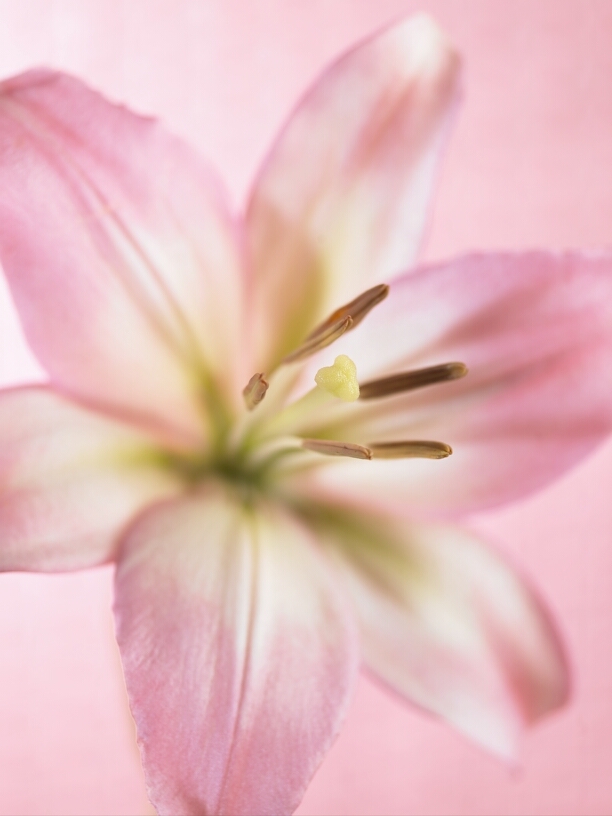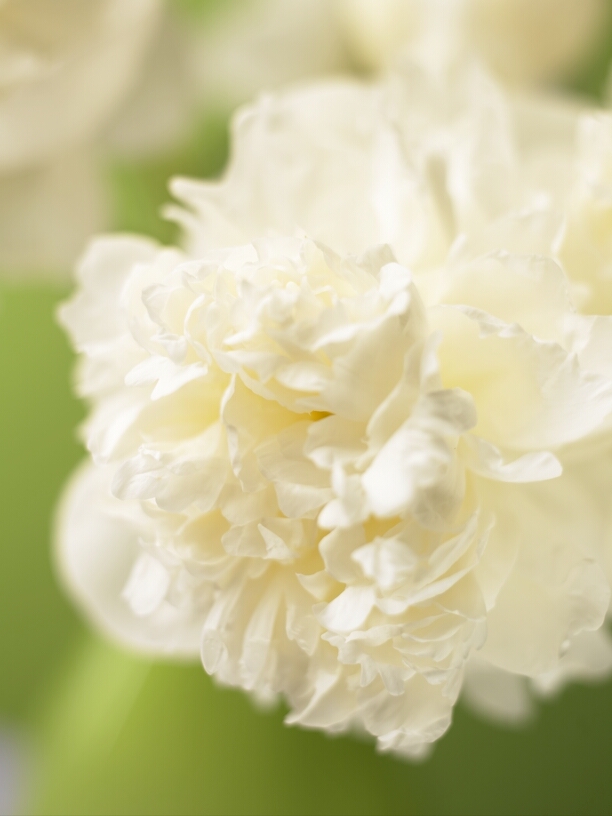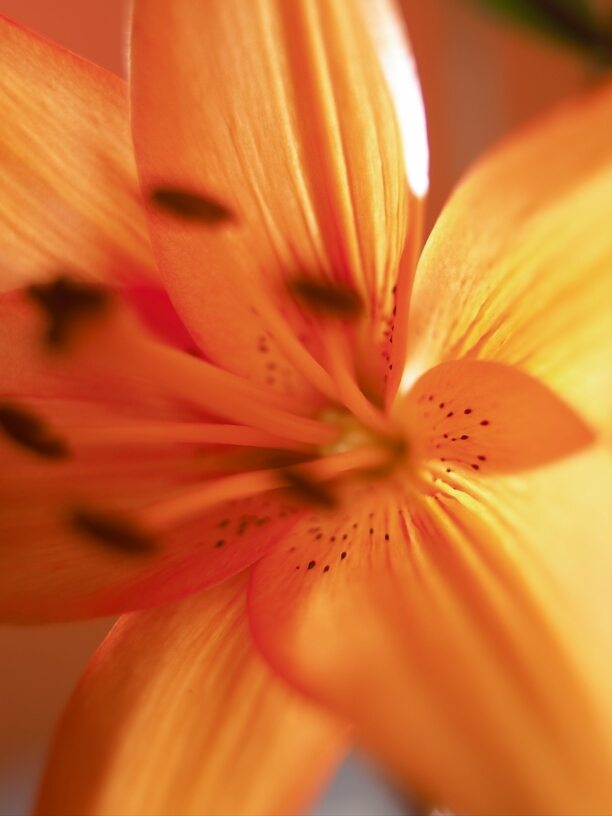
Know Your Water Quality
Your Flowers are Depending on You!



Unsure of your water quality? The labs at Floralife can clear things up for you!

pH
The pH is simply a measure of how acidic or basic your water is on a scale of 0 to 14. A pH of less than 7 is acidic; 7 is neutral; and greater than 7 is basic. The pH alone doesn’t reveal much about water quality, but how easily the pH changes (buffering capacity) is important. Typically, water alone will have a pH range of 5 to 8. Combined with flower food, the usual pH will be between 3 and 5, or slightly acidic. A slightly acidic solution increases water uptake and prevents bent neck. Fresh cut flowers benefit from a pH in the range of 3 - 4.5. What does the pH value tell you? A change in 1 pH unit is a tenfold change in the acidity. For example, a pH of 6 is 10 times more acidic than a pH of 7.
TDS
The TDS is a measure of all the dissolved solids in the water (measured in parts per million or ppm). The level of TDS is important. High levels of certain salts can potentially reduce flower life. The mixture of dissolved solids is also important. A mixture of moderate levels of calcium, magnesium, potassium, and sulfates can be beneficial, while a mixture of high levels of iron, fluoride, and sodium can be harmful.
To explore the TDS further, alkalinity and hardness are analyzed. These properties can be considered a part of the TDS.
Alkalinity
The alkalinity level of your water describes its buffering capacity (ability to resist pH changes). A higher alkalinity means that the water contains a higher amount of carbonates, bicarbonates, and hydroxides, which resist the lowering of the pH (and potentially reducing the effectiveness of flower food). When recommending water specific flower foods, water with alkalinity less than 60 ppm is considered pure (recommending Special Blend 300 flower food for pure water); from 60 ppm to 180 ppm is considered medium (recommending Floralife® Flower Food); and greater than 180 ppm is considered hard (Special Blend 300 flower food for hard water). Alkalinity is the most important factor when considering how cut flowers will react to your water.
Occasionally, water will have such high alkalinity that no flower food is able to bring the pH down into the acceptable range. In these extreme cases (usually with alkalinity much greater than 300 ppm), a deionizing or reverse osmosis system is recommended. These systems remove all of the ions from the water; beneficial ions are added back to the water by using flower food.
Hardness
The level of hardness refers to the amount of calcium and magnesium in your water (measured in ppm). Typically, these levels are not a good indicator of how cut flowers will react in your water. In general, most highly alkaline waters also have high hardness levels. If you have hard water, it is not recommended that you install a water softener. A softener replaces calcium and magnesium ions with sodium ions, which tend to be harmful for flowers at high levels.
Together, pH, TDS, alkalinity, and hardness can tell you how your flowers will react to your specific water type.
Floralife labs will test your water free of charge. Interested in sending in a sample for testing?
- Rinse out a bottle (at least 1 pint) several times with your tap water.
- Include your name, address (where report should be mailed), and phone number (in case questions arise).
- Mail to Floralife, Attn.: Laboratory, 751 Thunderbolt Drive, Walterboro, SC, 29488.
©2021 FTD, LLC. All Rights Reserved.
